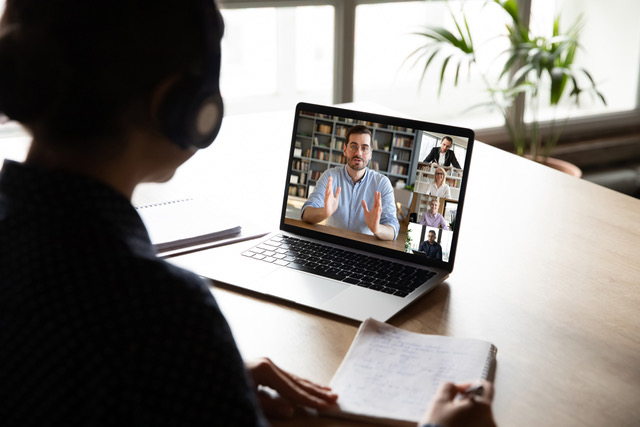Necessity is the mother of all invention. And 2020 has seen necessity take centre-stage for businesses worldwide. Staff have been forced to work from home with managers forced to motivate and manage them remotely — video conferencing has become a necessity. So what about the invention part? That is where blended digital learning comes in.
Blended digital learning has evolved over the last few years and this year, has come to the fore. So perhaps we should say that necessity is the mother of evolution.
Businesses with their finger on the pulse of employee training have blended the best of digital facilitation with the human touch. The result? Their managers have become performance leaders.
So how does it work?
Blended digital learning in practice
Let’s take the example of a customer service call centre. Performance here is all about numbers. As a manager, it is great to have clear data to gauge and rate the performance of your employees. But it’s easy to lose sight of “the why”.
Author and motivational speaker Simon Sinek explains in his TED talk that great leaders start with “the why” and then move onto “the how” and “the what”.
Getting to grips with “the why”
In the context of employee training, numbers address the what — what are your employees good at and what are not they good at? But for your employees to truly excel, you need to probe the why.
Why are they good or bad at what they are doing? Why is what they are doing even important? This is not just about resolving problems that cause poor performance. It is about reinforcing good performance and providing motivation.
Digital blended learning has an important role to play in the why. It, of course, provides your employees with easy access to helpful digital content to address their problem at the point of need. But it does more than that. For any learning to really stick, employees need feedback.
Digital facilitation is crucial here. Think of video conferencing platforms such as Zoom, social media platforms such as Facebook Workplace or bespoke coaching platforms such as On.Board. These platforms all provide a way for you to directly engage with your employees and have those all-important human conversations.
A call centre scenario
Getting back to that call centre, here is how digital blended learning could play out for a manager with a team of customer service reps under their supervision:
- The manager is instructed to watch a video as part of their management training, e.g. Simon Sinek’s TED talk that we mentioned earlier.
- They are prompted to reflect on what they have watched and how it relates to their management approach. This could be facilitated through filling in a customised online form with questions related to the talk and their current role.
- At the next performance review they carry out with one of their customer service reps, the conversation is recorded so the manager can listen back over it and carry out a self-audit of their performance. How much of their approach focused on “the what” versus “the why”?
- Now it’s time to regroup with their performance coach via a video conference. These one-on-one interactions are a great opportunity to talk through the self-audit and put together an actionable plan on how the manager can become more leadership-focused.
This example highlights how digital content and digital platforms can support human interactions in a real-world context — this is digital blended learning. The end result is a more powerful learning experience, which better equips your managers to drive success across their team, even in the context of remote working.


